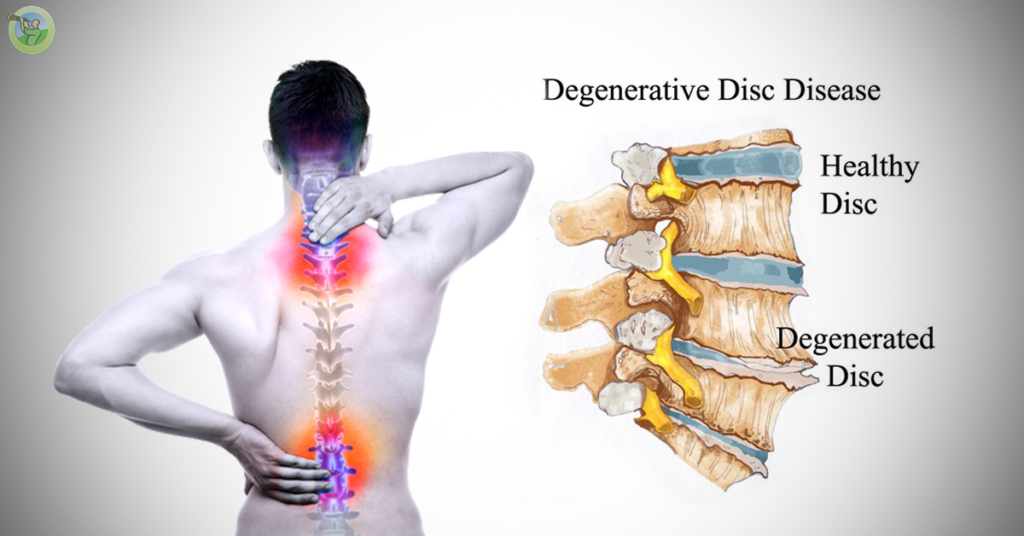Cervical disc disease develops when the cushioning discs in the spine start to break down because of wear and tear. There are six cervical discs in the body. The discs are made of soft jelly-like material surrounded by a protective shell. When the neck moves, the discs prevent the vertebral bones from rubbing against each other. The discs also act as shock absorbers. Cervical disc disease in Roswell starts to affect most people when middle age sets in. This is because as you age, the discs lose their water content and become stiffer and drier. This condition is known as degenerative disc disease.
Symptoms of degenerative disc disease
- Neck Pain-This is the most common symptom of the disease. The pain can sometimes become severe and last for hours or a few days.
- Nerve pain- You feel electric shock-like pain that radiates into the arm and fingers.
- Arms and legs become difficult to move.
- Weakness beneath the neck.
- Loss of bladder and bowel control.
With age, nearly everyone gets cervical degenerative disc disease. Some factors, however, make it develop sooner. They include:
Ø Obesity- Obese people are more likely to develop degenerative disc disease compared to those that are not.
Ø Genetics- Studies that have been conducted in twins show that genetics determines when the condition sets in and how severe it will be.
Ø Smoking- It prevents nutrients from reaching the discs making them lose hydration quickly.
Preventing degenerative disc disease
- a) Stop smoking, as it increases the rate of dehydration in the discs.
- b) Reduce or cut out alcohol intake.
- c) Maintain a healthy bone structure by using supplements and vitamins.
- d) Exercise regularly to increase strength and to make the muscles that surround the spine more flexible.
- e) Avoid stressing the spine when lifting by making sure you lift things properly.
- f) Have a healthy body weight.
How is degenerative disc disease diagnosed?
- Medical history-A doctor reviews your medical history and learns about the current symptoms that you may be experiencing.
- Physical examination-The doctor feels your neck and tests its range of motion during a physical examination. The patient is also asked to perform a few movements and give feedback on whether the pain increases or not.
- Imaging-The doctor decides if there is a need to carry out an imaging study to look for a disc problem. If there is, an MRI is likely to take place.
Is cervical disc disease treatable?
Yes, cervical disc disease is treatable. If the pain is not intense, it is advisable to consider non-surgical options. They include:
- Heat and/or ice therapy- Apply heated gel or an ice pack to the area.
- Pain management medication-You can use over-the-counter drugs for relief from pain. If the pain is intense, have your doctor prescribe muscle relaxants.
- Lifestyle Modification-Refrain from activities that might be painful for the neck and maintain good posture.
When these options fail and pain persists, surgical procedures are considered. The most common procedure is a spinal fusion. Its goal is to make the spine more stable and to reduce pain. The fusion makes the vertebrae heal into a solid bone as it imitates the healing process of broken bones.

